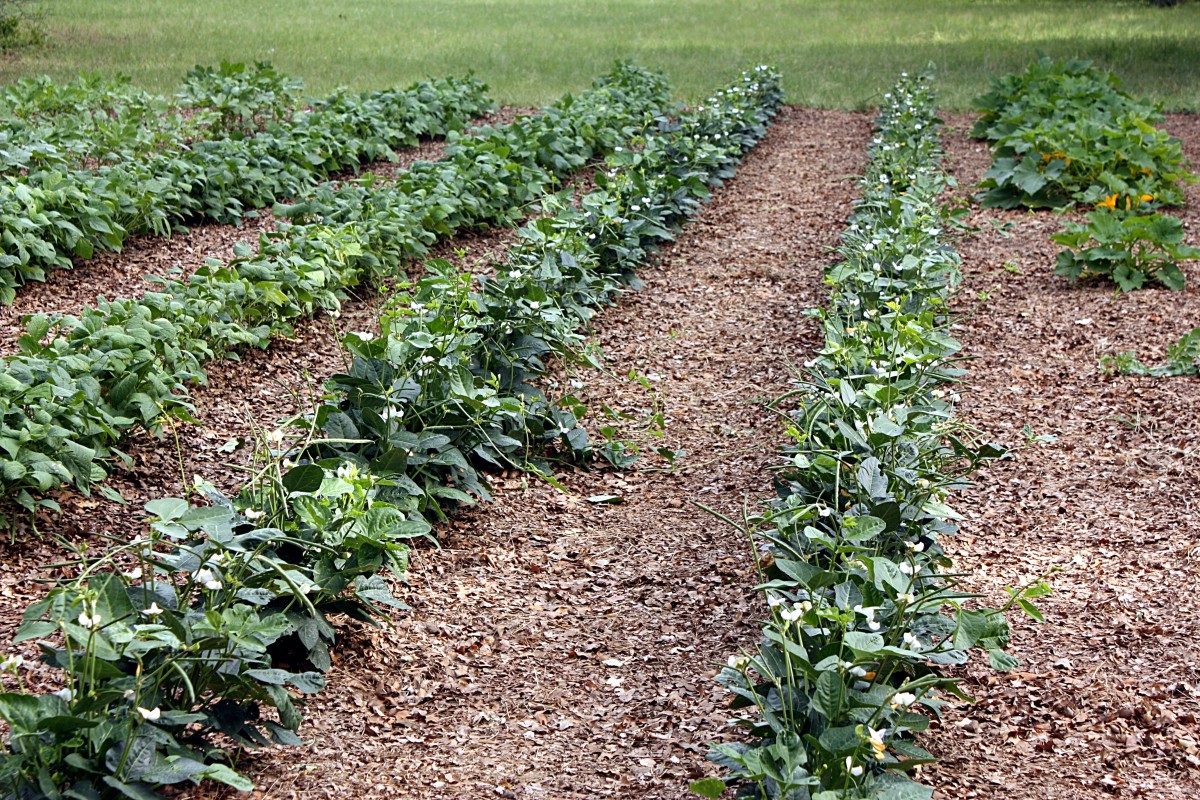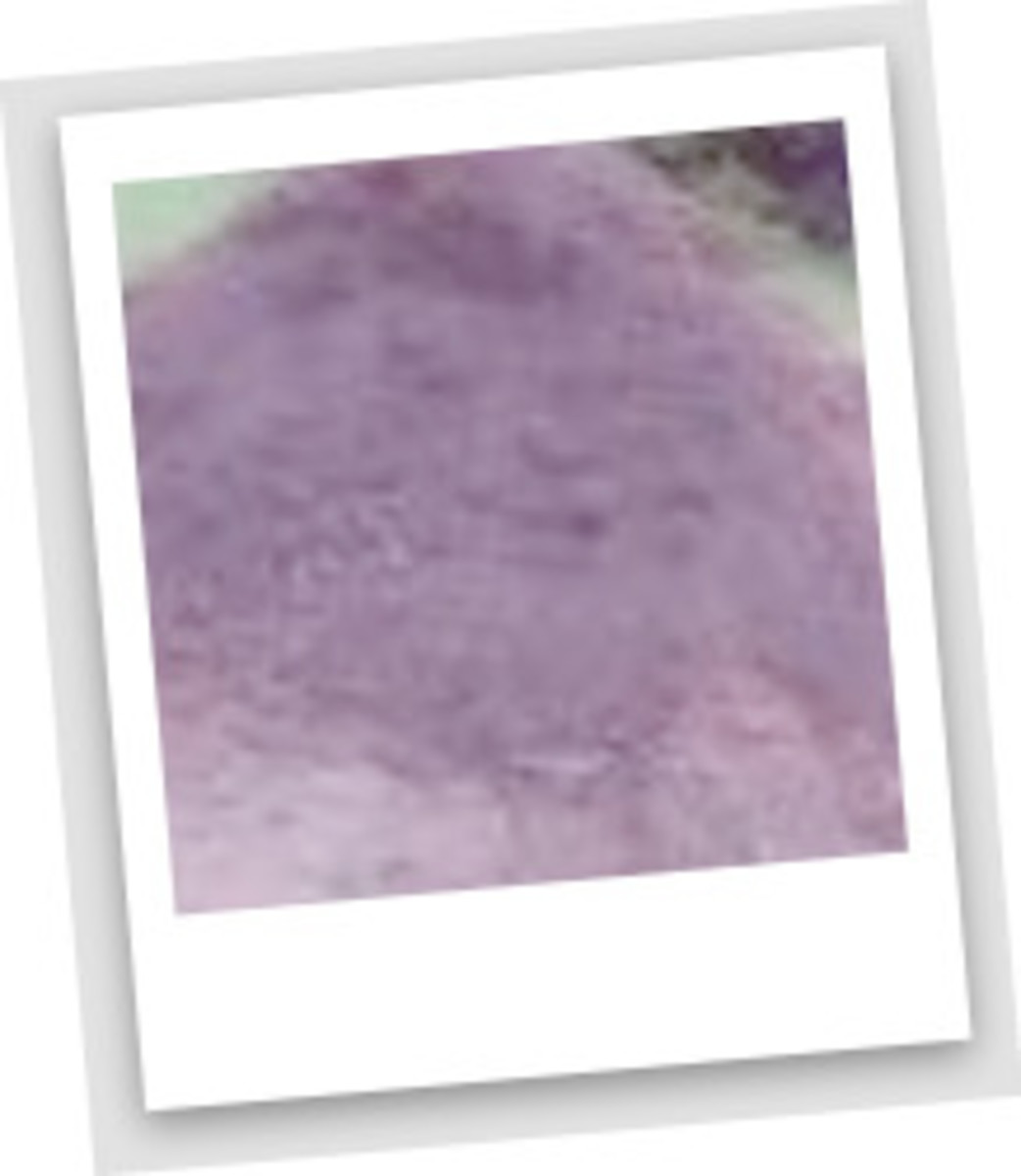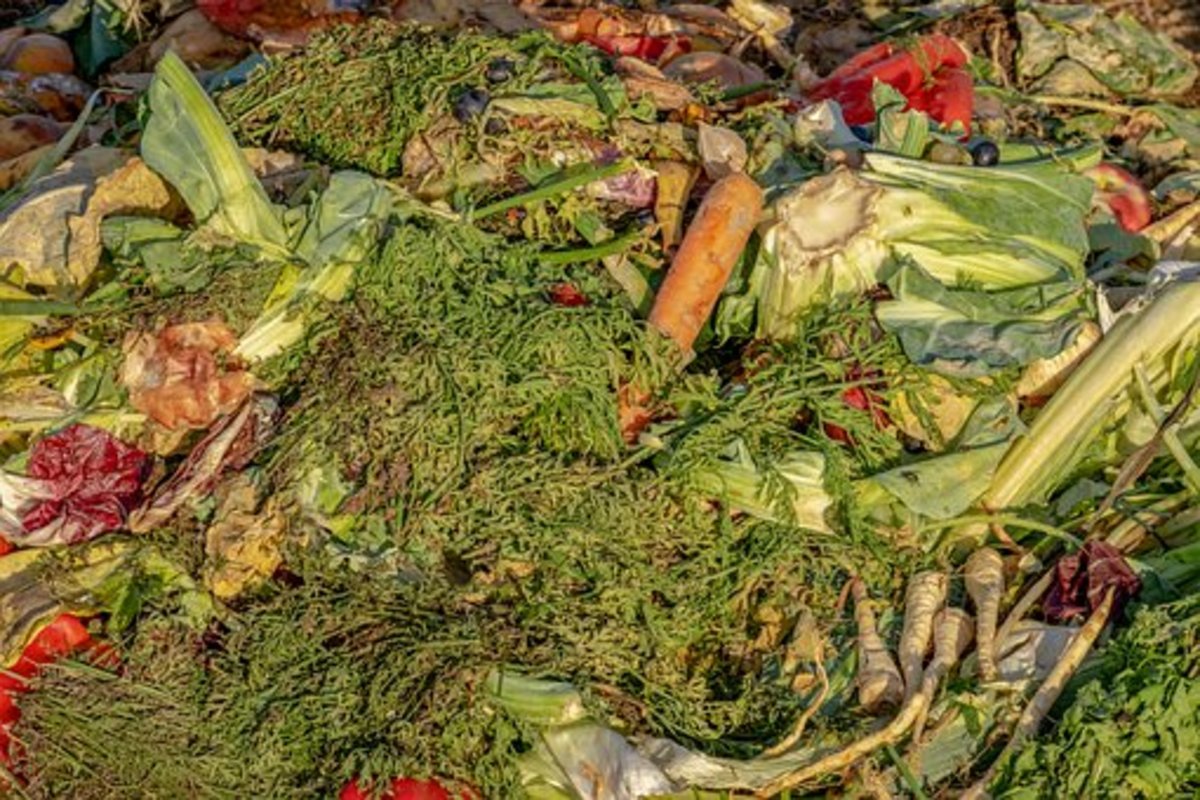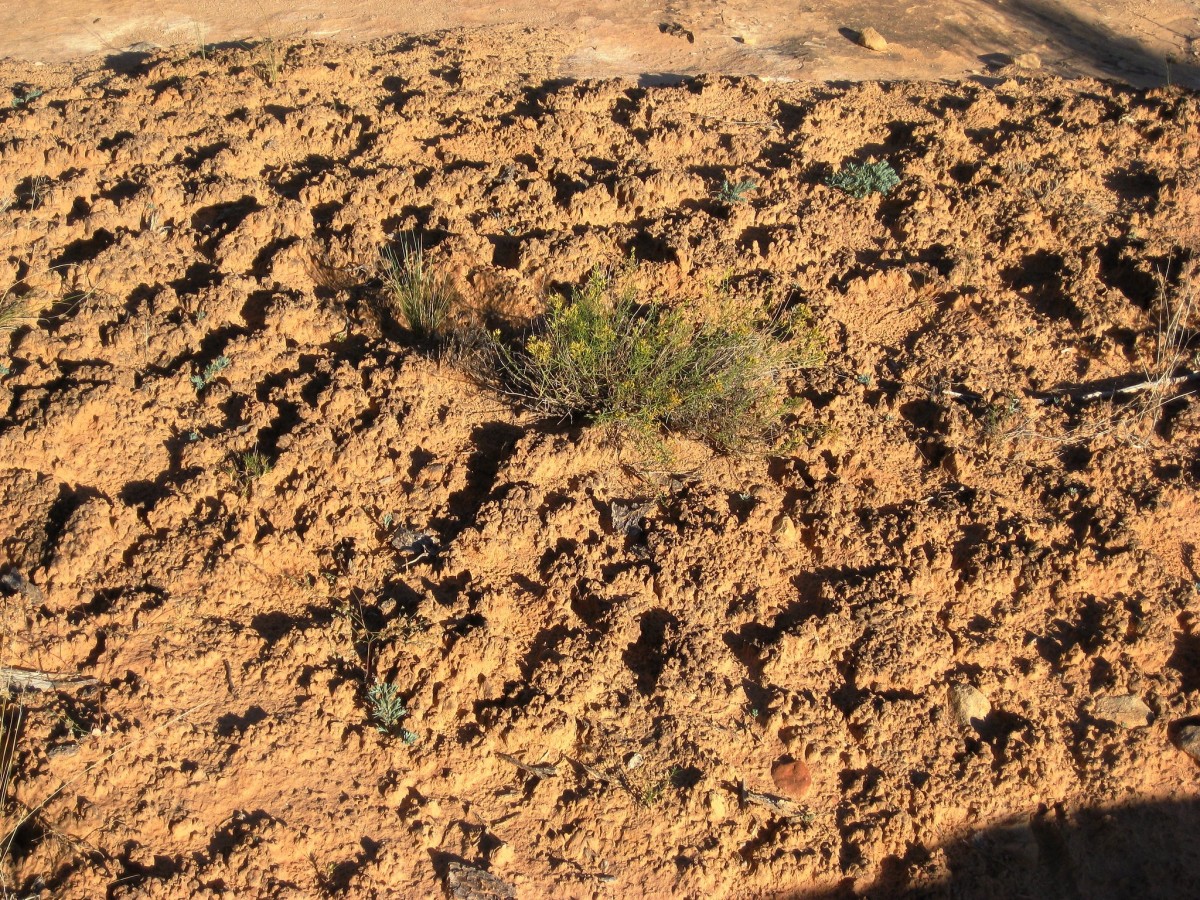How to Prepare Your Soil for a Garden
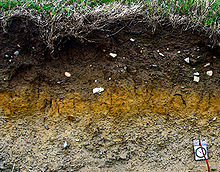
The first step in any garden project is knowing what soil you're dealing with. The soil you plant in will directly affect the quality of your harvest. Some soils, such as heavy clays and sand, do not make nutrient readily available for your garden crops. Luckily, for those of you with these soil types like these, it is easy to remedy problems and create an ideal soil to plant your garden.
Know What You're Dealing with
The first thing to do is to dig a small hole, about a foot deep, into your garden area. The most obvious way to see what type of soil you have is to actually look at the layers in your garden. Ideally you would be working with dark (almost black) soil, but this is rarely the case. Clays are identified by a grey color while sand is a lighter tan. Darker layers indicate that there is a higher level of organic matter in the soil which helps with water conservation as well as holding nutrients and making them available for plant life. If you see a reddish brown color, your ground is well drained. We know this because the color is caused by oxidation of iron in the soil. Drainage of water allows air to permeate which causes this colorization. Lack of drainage creates an oxygen poor soil which is what gives clay its grey color.
How to Make the Right Change
In soils that are high in clay, there is a common misconception of adding black dirt or topsoil to them to loosen the soil. This is not effective. While it will increase the amount of nutrient rich soil, black dirt is dense and does not help in soil aeration. Using peat moss will loosen the soil and help with aeration of the soil. This is because the high organic content in peat moss creates a soil that is less dense. Soils that are very sandy benefit most from the addition of black dirt. Sand and clay do not hold nutrients well and therefore do not make them available for your plants. While clay will hold water well, it does not allow it to drain, which also keeps nutrients from being taken in by plants. Sand also does not hold minerals well, and will allow water to drain too quickly. This allows any nutrients present in the soil to wash away quickly.
Understand the Role pH Plays in Your Garden
Once you've figured out what kind of soil your dealing with, it is a good idea to test what mineral content your soil has. This can be done with a soil test kit that you can purchase from your local hardware retailer such as Home Depot, Lowe's, or online from Amazon. This lets you know what the pH level of your soil is, as well as the levels of key minerals such as nitrogen, potassium, and phosphorus. A deficiency of key minerals will cause problems in rooting, growth, and tolerance to pests and drought.
The pH level of your soil is very important because every type of plant grows best in a different pH range. A good range of pH is between 5.5 and 6.5 for most garden plants. However, knowing your plants will help in understanding what will need to be done to get your pH in the right range. Plants such as blueberries like soils that are more acidic than other garden plants such as tomatoes, carrots, and peppers. Adjusting your pH, however, is not difficult. If your pH level is too high, you can reduce it through mixing peat moss or other organic matter into your soil. If it is too low, you can increase pH by adding lime. Lime and peat moss are easy to find and are available at most hardware stores or where ever garden supplies are sold in your area.
Understand What Fertilizer You're Using
The nutrient levels of your soil will dictate what kind of fertilizer you use. The three most common nutrients that you will find in fertilizers are nitrogen (N), phosphorus, (P), and potassium, (K). When you purchase fertilizers, they will have three numbers on them in this form: 10-10-10. These numbers correspond to the percentage of nitrogen by weight. The other two values (P and K) are actually the percentage by weight of their compounds, not the actual element itself. These percentages are always given in the order N-P-K. Sometimes a fourth number is included, this number is always Sulfur (S).
So for example, if your soil is low in Nitrogen, you will want a fertilizer higher in nitrogen, meaning the first number is higher. There are many different fertilizers available and knowing what the numbers mean will help in determining what one you need. If your soil is within range, that doesn't mean that occasional fertilizing won't be necessary. 10-10-10 is a very common garden fertilizer for keeping nutrient levels at an optimal level. Using fertilizers on a continual basis in small doses helps keep good soil from becoming poor.
Once, you've gotten your testing done and soil amendments made, you'll want to till up the ground your planting in. If you're using ground that is currently in sod or grass, you'll need a heavy rototiller to get through the dense root systems and thoroughly break up soil. Even in areas where grasses weren't growing, using a rototiller will make your life easier. If you have a larger area your going to be cultivating, you may want to buy a rototiller if you don't already have one. If it's fairly small and you don't want to buy one, you can rent one from a rental company. Roto-tilling your soil also makes it easier to blend soil amendments like grass clippings, straw, peat moss, top soil, or compost. Once you've broken up the ground to the point that dirt clods are gone and the soil is soft, your ready to start planting. Now that you know more about your soil and how to identify issues with it, you can fix them and move on to planting. Happy gardening!
Helpful Gardeing Links to Consider
- How to Grow Trellised Gourds and Pumpkins
Growing your gourds and small pumpkins on trellises can be very beneficial. Building them isn't complicated and they last for years. - Fertilizers and Composting for Building up Your Garden
Knowing how to amend your soil and what causes problems will make you a better, more effective gardener. - Is Your Soil Lacking? Your Plants Can be Telling You the Story
- What to Plant with What: How to Use Companion Plants in the Garden
- Twenty Tips and Tricks to a Great Garden
- The Gardener's Guide to Pests

